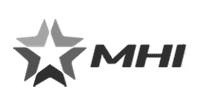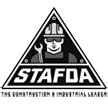
Unveiling the Future of Best Electric Hoists in 2025 Industry Trends and Performance Comparisons
As we approach 2025, the electric hoist industry is poised for transformative advancements that promise to redefine operational efficiency and safety. Electric hoists, which are essential in various sectors including construction, manufacturing, and logistics, are becoming increasingly sophisticated, integrating cutting-edge technologies such as IoT and automation. This blog aims to unveil the future of electric hoists by exploring emerging industry trends, performance comparisons, and innovative features expected to shape the market landscape. By analyzing key players and their contributions, as well as evaluating real-world examples, we will provide a comprehensive view of what the next few years hold for electric hoists. Join us as we delve into the future of this vital equipment and uncover how it will enhance productivity while meeting the demands of an evolving marketplace.
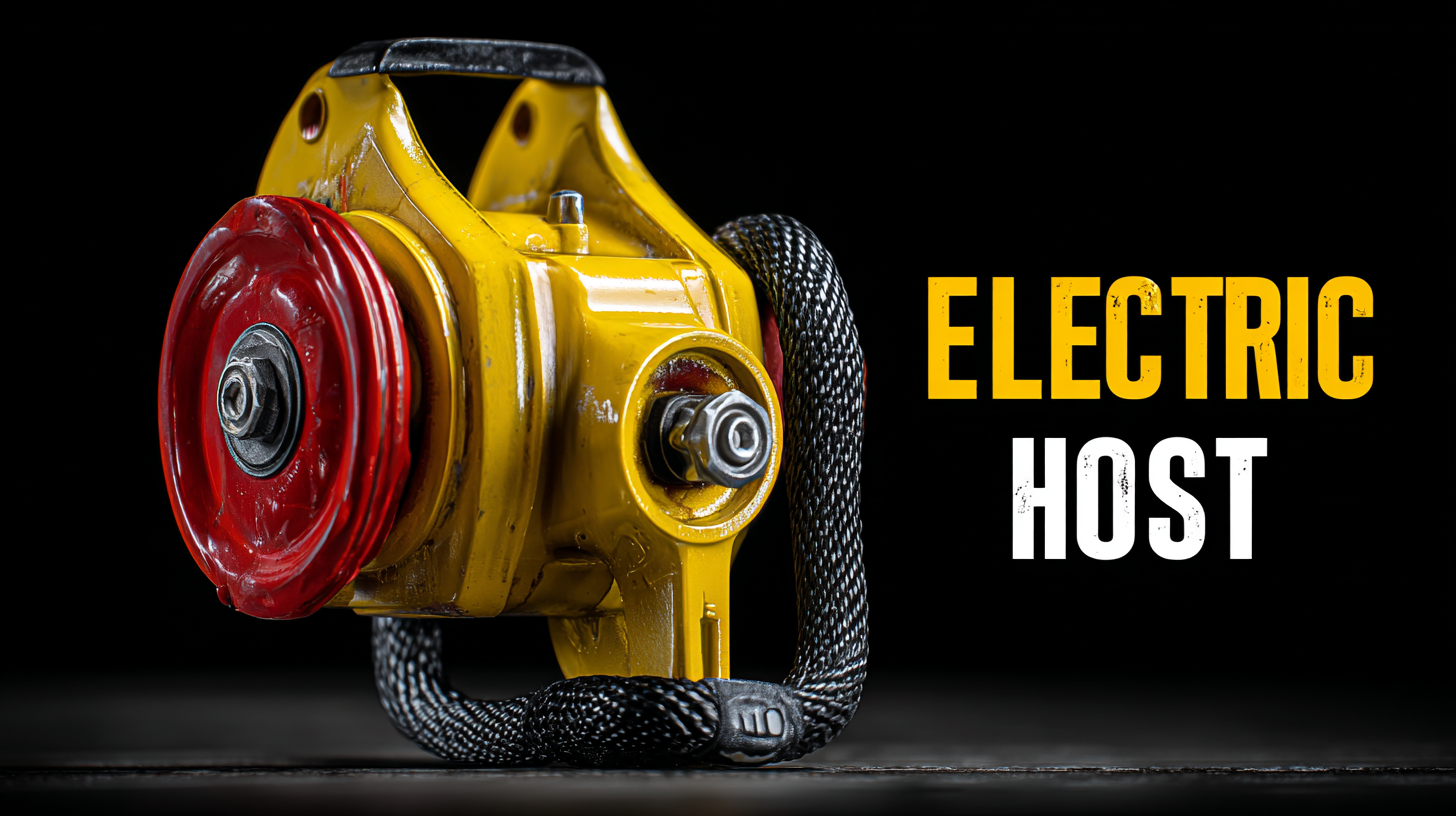
Emerging Applications of Electric Hoists Across Various Industries in 2025
The electric hoist industry is poised for significant advancements in 2025, with emerging applications transforming operational efficiency across various sectors. In manufacturing, for instance, electric hoists are increasingly utilized in assembly lines, offering precise load handling that enhances production speed. According to a recent market analysis, the global electric hoist market is projected to reach $12 billion by 2025, driven by rising automation and the need for improved workplace safety.
In construction, electric hoists are being adapted for both indoor and outdoor use, allowing for easier transportation of heavy materials in urban environments. The growing trend towards sustainable practices also sees these hoists integrating battery technology, reducing emissions and operational costs. A report by IBISWorld indicates that the construction sector’s demand for electric hoists will grow by 7% annually over the next few years, underscoring their pivotal role in modern construction projects.
**Tip:** When selecting an electric hoist for your operation, consider both the weight capacity and lift height required for your specific applications. Proper assessment of these factors can lead to improved efficiency and safety in your operations. Additionally, investing in training for your team on proper hoist usage can further mitigate risks associated with heavy lifting.
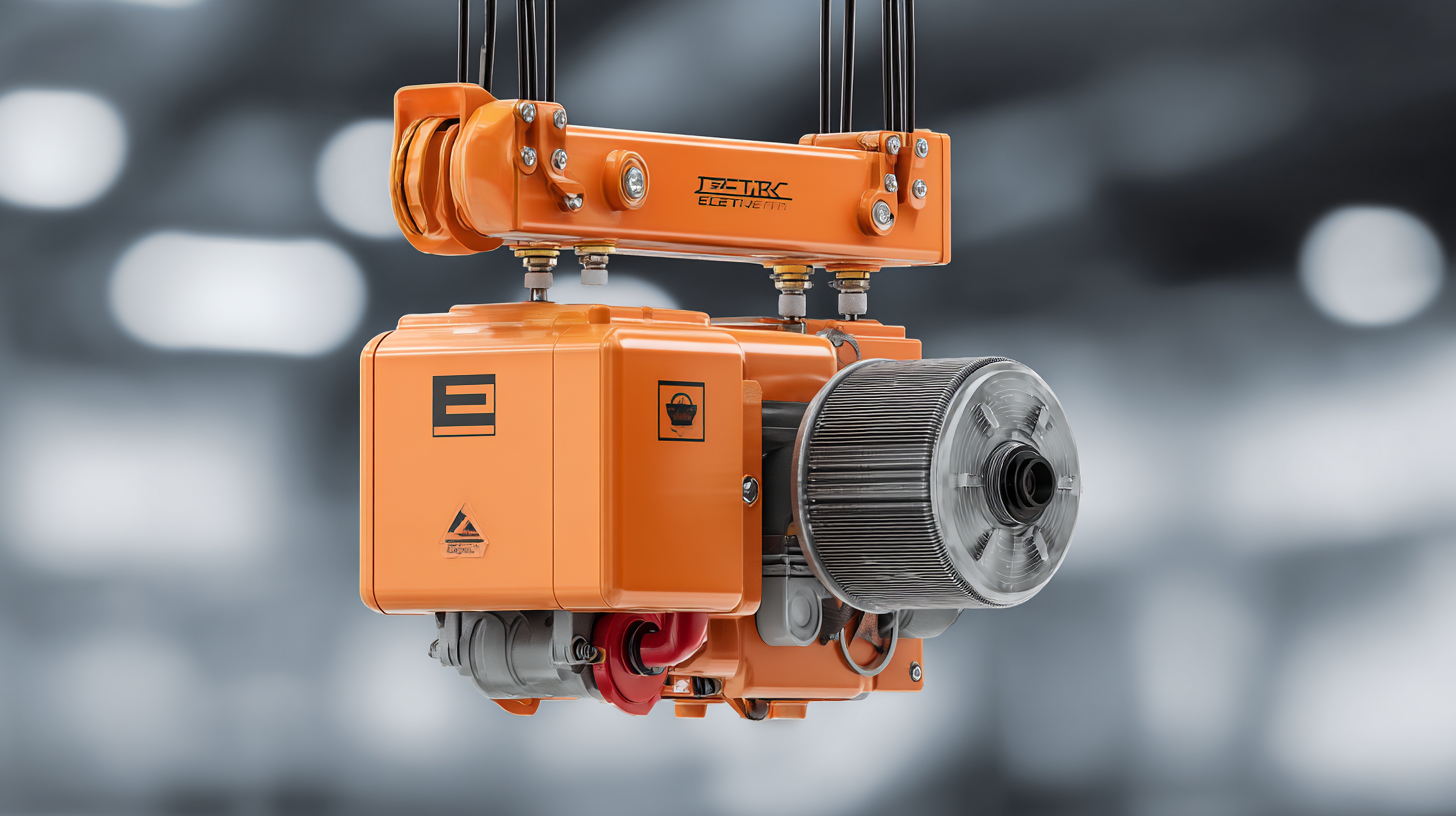
Key Industry Trends Shaping the Future of Electric Hoist Technology
As we look ahead to 2025, the electric hoist industry is poised for transformation driven by key technological advancements and evolving market demands. Research from Market Research Future highlights a projected compound annual growth rate (CAGR) of 4.5% in electric hoist sales, underscoring a growing reliance on automation in industries such as construction and manufacturing. This shift is significantly influenced by the introduction of smart technologies, such as IoT-enabled hoists that offer real-time monitoring and enhanced safety features.
Additionally, sustainability is reshaping the development of electric hoists, with manufacturers increasingly focusing on energy-efficient designs. A report by Research and Markets indicates that eco-friendly electric hoists are becoming a priority, as they not only reduce operational costs but also help companies meet stringent environmental regulations. The integration of lightweight materials and advanced motor technologies is further enhancing performance, ensuring these hoists are both powerful and efficient. By adapting to these trends, the electric hoist industry is set to redefine productivity standards in the coming years.
Electric Hoist Technology Trends and Performance Comparisons (2025)
This chart illustrates the expected performance of electric hoists in 2025 across various key metrics, including load capacity, speed, energy efficiency, safety features, and price. These indicators highlight trends shaping the future of electric hoist technology.
Comparative Analysis: Performance Metrics of Leading Electric Hoist Brands
In the dynamic landscape of electric hoists, understanding performance metrics among leading brands is paramount for informed purchasing decisions. According to the latest market analysis report by Industry Insights, the demand for electric hoists is projected to grow by over 5% annually through 2025, with emphasis on efficiency, safety features, and user-friendliness becoming key differentiators. Brands like Atlas and LiftMaster are setting the bar high with innovations that enhance load capacity and operational speed, crucial for industries from construction to manufacturing.
When evaluating electric hoists, focus on the load capacity, lifting speed, and safety ratings. For instance, the 2023 data released by Hoist Industry Standards indicates that units with a lifting speed exceeding 10 m/min are increasingly favored for their productivity benefits. Additionally, consider choosing models with integrated overload protection and remote operation capabilities, which can significantly improve safety and operational efficiency.
Tips for selecting the right electric hoist include conducting thorough comparisons based on actual user reviews and seeking equipment that meets relevant safety standards. Look for hoists that offer service and support options, as consistent maintenance is vital for reliability and longevity. Being informed not only helps you choose a hoist that meets your current needs but also positions you to adapt to future challenges in lifting technology.
Unveiling the Future of Best Electric Hoists in 2025 Industry Trends and Performance Comparisons
| Feature | Brand A | Brand B | Brand C | Brand D |
|---|---|---|---|---|
| Load Capacity (tons) | 2 | 2.5 | 3 | 4 |
| Lifting Speed (m/min) | 10 | 12 | 8 | 9 |
| Power Consumption (kW) | 1.5 | 1.8 | 2.0 | 1.2 |
| Weight (kg) | 150 | 180 | 200 | 220 |
| Safety Features | Overload Protection | Emergency Stop | Limit Switch | All of the Above |
| Price ($) | 300 | 350 | 400 | 450 |
Identifying Common Challenges in Electric Hoist Usage and Solutions
As the use of electric hoists continues to grow in various industries, identifying common challenges associated with their usage becomes paramount. One prevalent issue is the risk of overloading, which can lead to equipment failure and potential safety hazards. Operators must be adequately trained to understand the load limits of their specific hoisting equipment and ensure they never exceed these thresholds. Implementing clear signage and regular training sessions can mitigate these risks significantly.
Another challenge is the maintenance of electric hoists. Regular inspections and preventive maintenance are essential to keep equipment in optimal working condition. Neglecting these practices can result in breakdowns, increased downtime, and repair costs. By adopting a proactive maintenance schedule and utilizing predictive maintenance technologies, companies can enhance the reliability of their hoists while reducing unforeseen operational disruptions. Addressing these challenges not only improves safety but also boosts efficiency and productivity in the workplace.
The Role of Innovation in Enhancing Electric Hoist Efficiency and Safety
The evolution of electric hoists is significantly influenced by ongoing innovations aimed at improving both efficiency and safety. A 2023 report by MarketsandMarkets estimates the global electric hoist market will grow from $2.5 billion in 2020 to over $4 billion by 2025, driven by advancements in technology and increased safety regulations. Modern electric hoists are now equipped with smart sensors that enable real-time load monitoring, which not only enhances operational efficiency but also mitigates risks associated with overloading.
Moreover, integration of IoT technology in electric hoists is poised to revolutionize their functionality. According to a study by Technavio, the adoption of IoT in the lifting equipment sector can lead to a 30% decrease in operational downtimes and a 25% increase in safety compliance rates. These innovations not only streamline processes but also foster a safer working environment, where predictive analytics can alert operators to potential mechanical failures before they become hazardous. As the industry shifts towards more automated solutions, the emphasis on innovative designs will be crucial in setting new performance benchmarks for electric hoists in the years to come.
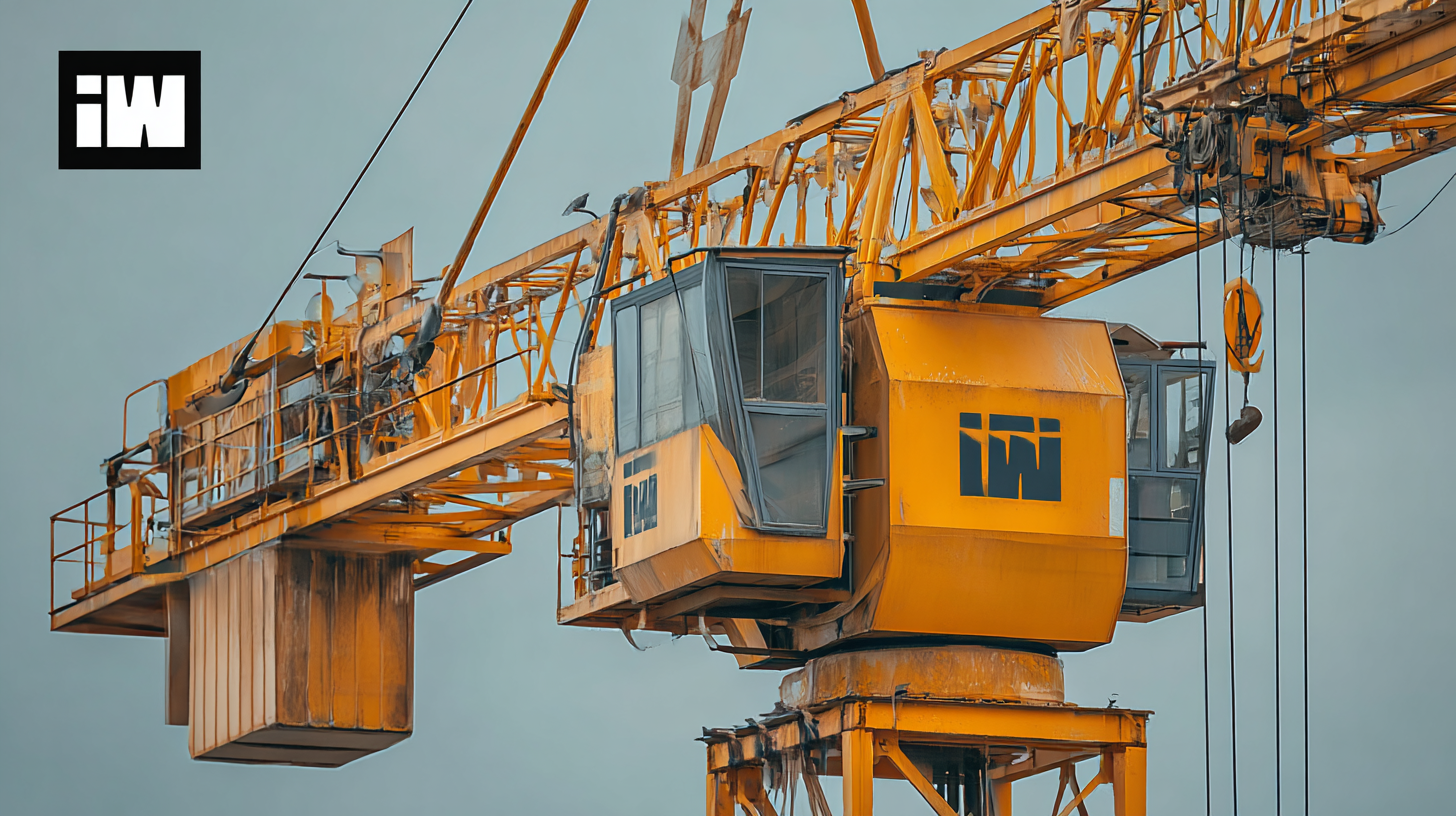
Copyright ©2024 Elephant Lifting Products | All rights reserved.
38381 N Robert Wilson Rd, Gonzales, LA 70737 USA
Toll Free: (888) 844-6113 | Phone: (225) 644-6113 | Fax: (225) 644-6695
Email: sale@floralift.org

